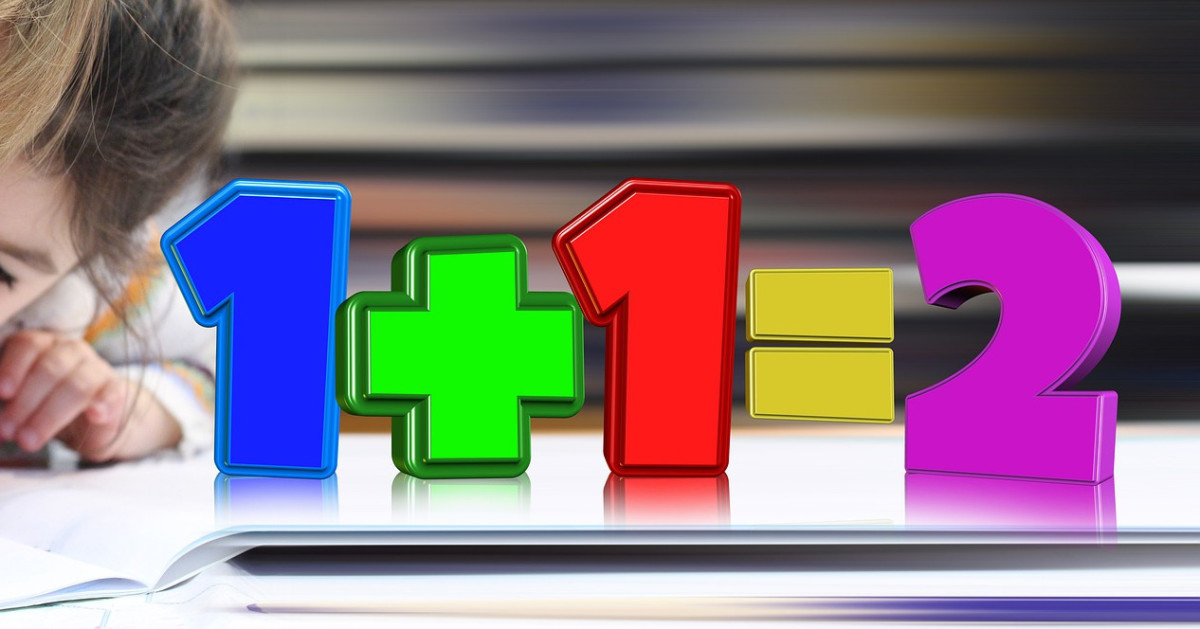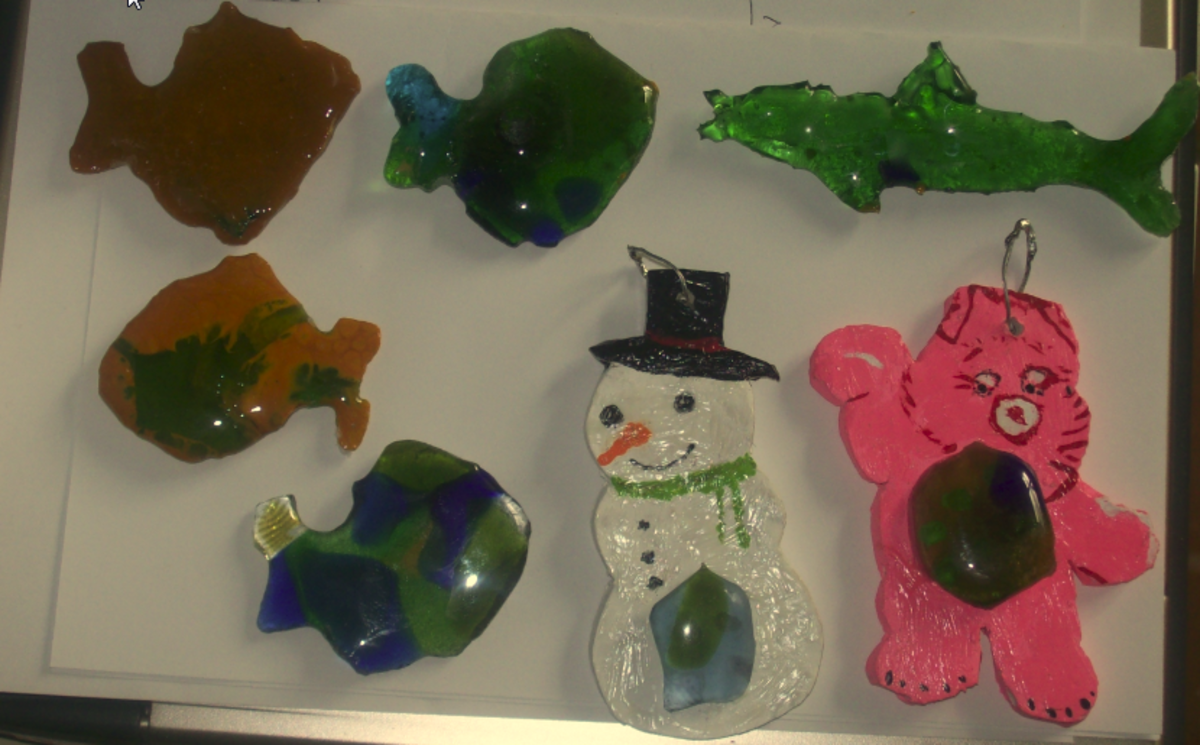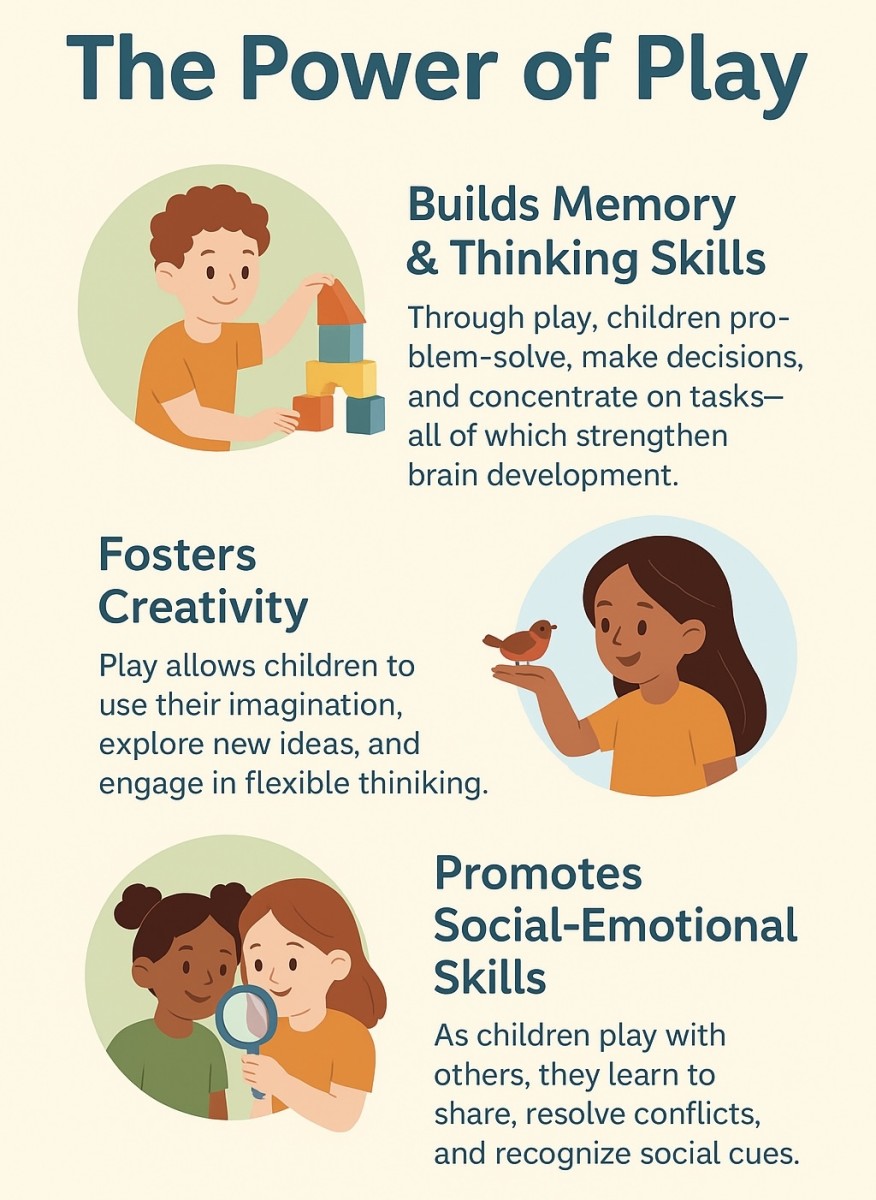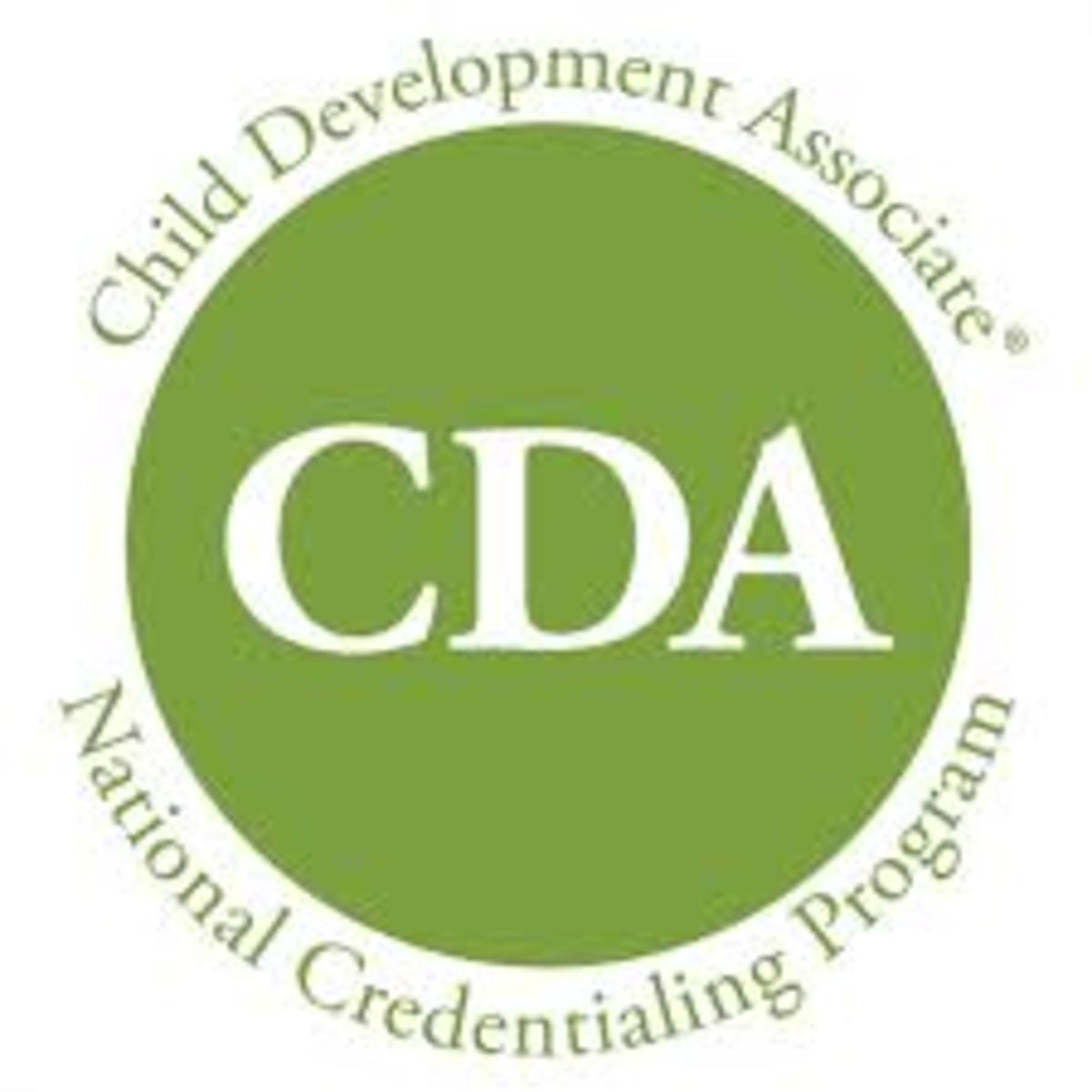- HubPages»
- Family and Parenting»
- Kids»
- Children's Growth & Development
Preschool Learning Games
Between the ages of 3 and 5 children learn a massive amount of information. Some of this information is concrete, in the form of letters, numbers, and other school-related things. Other information is intangible and consists of rules, social behavior, and emotional regulation. This is a great time to really focus on teaching your child new skills. Here is a list of games and activities you can do, as well as suggestions for making the most of learning while using them.
1. Any kind of identification game- Write numbers, shapes, colors, or any other concept you are teaching with one thing on each piece of paper, or simply write the things on the ground with chalk. Play a jumping, throwing, or other game by encouraging your child to identify each item through different means. Examples include placing the numbers 1-10 on the floor and then having your child hop to and stand on whatever number you say. This builds listening skills, comprehension, gross motor skills, and helps with identifying the number. Because you are combining different things in a fun way, your child will likely learn the numbers more quickly and remember them better as he is motivated to remember them in association with a fun game.
2. Matching- You can play Memory with a game purchased from a store, or you can make your own. To do this, draw or print a series of letters, numbers, words, or pictures (two of each) on paper and cut them out. You can also find household objects that are similar and match them. You can do this task using socks when folding laundry, shoes, gloves, and any other item that goes in pairs. Encourage your child to talk about what makes things match, what makes a pair, and how things can be paired or grouped as more than two objects. Examples of this additional matching include making a pile of all of mom’s socks, putting all of the gloves together, or putting all of the game’s pictures of toys together. Be patient though as very young children have difficulty generalizing in this manner.
3. Bean bag toss- This game can be made using traditional bean bags, plastic bags with beans or rice in them, or by making simple bean bags by cutting and filling scraps of fabric. Encourage your child to stand in one spot (a washcloth on the floor makes a good reference point), and throwing the bags into a pan on the floor. As your child becomes better at this, you can move the pan farther away to make the game more difficult. This game works on balance (standing still while throwing), hand-eye coordination, critical thinking and judgment (figuring out how hard to throw the bag through trial and error), and practicing being a good sport by not getting mad or frustrated when bags don’t always go in.
4. Sorting- This game involves gathering a variety of items and putting them into groups. At first, you may have to set the categories (fruits, toys, dishes, etc) for your child, but eventually he will learn to do this on his own by looking at what is in front of him. The great thing about this game is that it is endless. You can use any group of objects anywhere, any time. Encourage your child to sort the same group of items into different categories. For example, when waiting for food in a restaurant, gather silverware, glasses, napkins and other items from your table. Have your child sort by function, color, or what things are made of. You have instantly created 3 games to occupy time and teach your child valuable lessons. This game works on critical thinking, observation, classification, and verbal skills as your child explains his sorting decisions.
5. Arts and crafts- At this age, children generally know how to hold a pencil or crayon, how to make marks on paper, and are learning how to cut and paste or glue things. Keeping a supply of scrap paper on hand (old mail, newspapers or magazines, and even paper shopping bags or food boxes) provides and endless supply of material for your child to work with. Encourage your child to draw or write (even if he doesn’t know letters yet he can make marks that represent them) on paper, cut it out, and even “mail” it by putting it in the old envelopes. He can then deliver his messages to others and tell them about what he made. You can also draw pictures for your child and have him trace, color or cut them. A great activity that teaches many things is to draw shapes and have your child cut them out and put them together to make pictures. Arts and crafts activities work on fine motor, interpersonal skills, creativity, critical thinking, and spatial awareness.
There are endless variations you can play on these games that encourages your child to learn and grow, and the best thing is that by being creative, you can make the games grow with your child so he never becomes bored with them. Take advantage of the learning potential your child currently has and play one of these games today. It only takes a few minutes but will create memories and skills that will last a lifetime.








